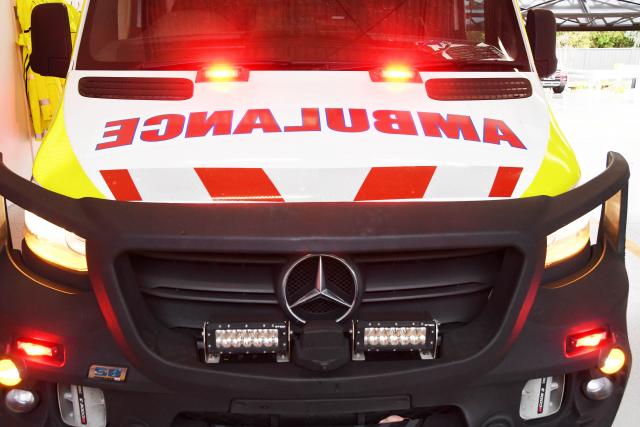The first of two new paramedic units have gone into operation in the Geelong region this week as the numbers of patients facing life-threatening emergencies continue to rise.
The new Peak Period Units are part of a $759 million State Government investment for more paramedics, triage care and support staff for Ambulance Victoria, as well as improved flow in emergency departments.
The first unit, which hit the road on Monday, is operating out of the Geelong ambulance branch, while the second unit will go into operation on November 14 at the Belmont branch before moving to Grovedale in early 2023.
With the health system still reeling from the ongoing effects of the COVID-19 pandemic, the Greater Geelong area saw a 15.8 percent increase in Code 1 cases between April and June compared to the same time last year.
Ambulance Victoria Barwon South West Regional Director Terry Marshall said the new units would help alleviate the strain on Geelong’s healthcare system and its workers.
“The new Peak Period Units will see an extra crew comprising of two Advanced Life Support paramedics on shift for up to twelve hours during the branches’ busiest times,” Mr Marshall said.
“This will significantly help existing crews to manage demand in the afternoon as they prepare for the busy evenings which is often the time when most Geelong residents call for emergency assistance.
“Geelong’s paramedics are working extremely hard to manage the increasing demand while
prioritising care to the sickest Victorians.
“It will make a real difference to our busy paramedics who are dealing with an extraordinary workload, but also for patients during our busiest times.”
Mr Marshall said the new units were part of Ambulance Victoria’s plan to improve ambulance performance and care delivery across the state.
“We are recruiting record numbers of new paramedics to deliver additional services across rural Victoria, which includes the new Peak Period Units in Geelong,” Mr Marshall said.
“This will place additional paramedics and services where and when they are most needed, helping us overcome the challenges of working in regional areas, such as longer case times and distances required to travel to emergency events and hospitals.”







